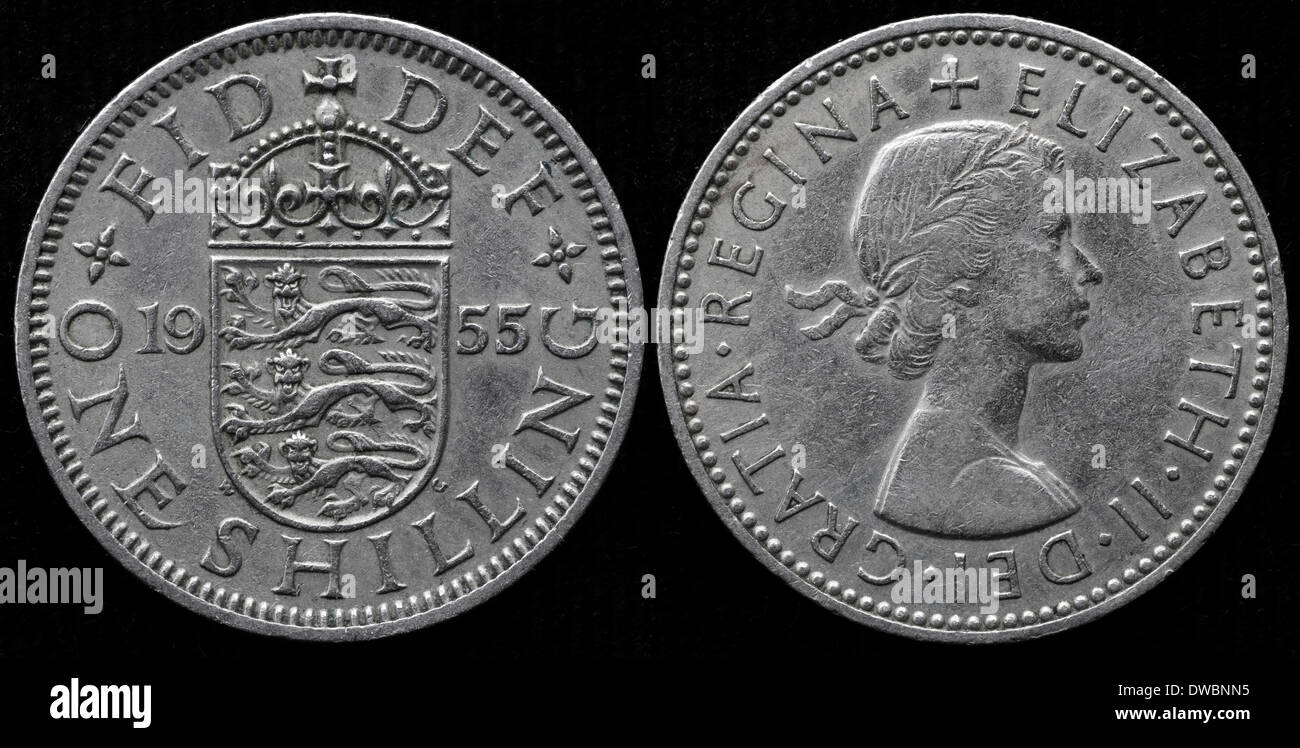

During the year-long period we analyzed, 50.2 percent and 49.8 percent of appointments were booked with male and female doctors, respectively.While doctor gender is less balanced within some specialties, Caballero accounted for that in her analysis.īut when patients use Zocdoc to find new doctors, we can’t be sure they always make selections from gender-balanced lists. “Availability” isn’t a straightforward issue.Overall, Zocdoc has about the same number of male and female doctors, andpatients book appointments with both genders at similar rates. That “something” could be a combination of a lot of factors.Įvery expert I talked to had the same question: Do our results reflect the availability of male and female doctors on Zocdoc? In other words, there’s a reason to believe that something beyond “there just aren’t a lot of female cardiologists” underpins our results. Some specialties, like gynecology, cardiology and urology, are disproportionately heavy on one gender, butCaballero looked at the data with and without bookings for those specialties.The association between doctor gender, patient gender and patient age bore out no matter how Caballero sliced the data.

One thing we do know is that the age-related shift toward male doctors isn’t solely driven by the types of doctors younger and older women see. Research that explores how patients make healthcare decisions using a more nuanced conception of gender is warranted. That means we don’t know anything about the gender preferences of patients who don’t identify as male or female but checked a box because they had to. We also employed a binary definition of gender. So we can’t assume our findings are applicable to the general patient population. Our analysis does have limitations.The Zocdoc patient pool is disproportionately heavy on certain demographic groups, such as millennial women and New Yorkers. Caballero also looked at the raw percentages of appointments with male and female doctors booked by patients in different groups.The same trajectory emerged: Older women opted for men. Only women in their 20s showed a preference for female doctors comparable to that of younger patients starting at 30, the odds of women choosing a same-gender doctor fell. And as Jessica Greene, a professor of health policy and statistics at Baruch College who’s studied physician selection bias, explained, research suggests that in families with a mom and a dad, it’s usually Mom who makes the kids’ healthcare decisions.Ĭaballero used the under-19 crowd’s preference for female doctors as a baseline and then assessed how older patients’ choices stacked up. We can assume that many if not most of these appointments were made by parents.

The only age group where male and female patients both favored female doctors was patients 19 and younger. As for men, they favored male doctors from the post-college years through the golden years, and their same-gender preference increased with age too.

The older female patients were, the more likely they were to see male doctors. See Also Exchange Server Berechtigungen, Berechtigungen Exchange Server, Exchange Administratorrollen, Exchange Administratorberechtigungen, Rollenzuweisungsrichtlinie Exchange Arduino LCD Set Up and Programming Guide Chad Deal, MD | Cleveland ClinicĪn interesting trend emerged: While younger female patients chose female doctors more often than not, their allegiance to women declined gradually with age. With help from Amaya Caballero, a data consultant and epidemiologist, we looked at a year’s worth of anonymized Zocdoc data - more than 3 million appointments booked between July 2017 and July 2018 - to see how gender factors into physician selection. We wondered if patients, particularly women, show any preference for providers of their own gender when they’re calling the shots. But on Zocdoc, patients have total say over who examines them. When patients arrive at the ER in the middle of a heart attack, they probably don’t choose the doctor who does their cardiac catheterization. But it does reinforce the idea that doctors need to understand the way that factors like gender, as well as race, might affect how health conditions manifest in different patients. The study doesn’t prove that women are better off seeing female doctors, said lead study author Brad Greenwood, a professor of information and decision sciences at the University of Minnesota Carlson School of Management. Join Zocdoc Attract new patients and reduce your no-shows.


 0 kommentar(er)
0 kommentar(er)
